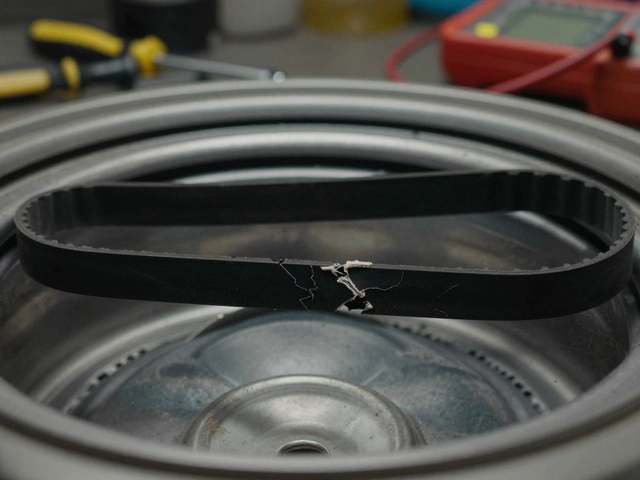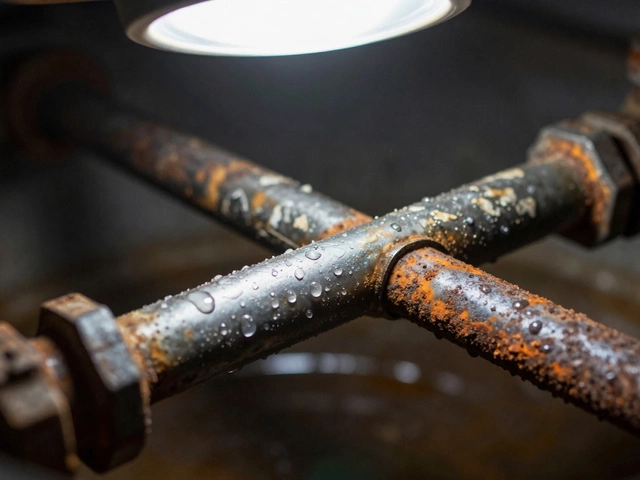Buy Extractor Fan: What to Look For and How to Get It Working
When you need fresh air in the kitchen or bathroom, an extractor fan does the job. Picking the right unit saves money, time, and headaches later. Below you’ll find the key things to check, simple steps to install, and easy maintenance tricks.
Choosing the Right Fan for Your Space
First, measure the room. A small bathroom (<5m²) can use a 50‑60 m³/h fan, while a large kitchen may need 150 m³/h or more. The rating tells you how much air the fan can move per hour; match it to the room size for proper ventilation.
Next, decide between a ceiling‑mounted or wall‑mounted model. Ceiling fans stay out of the way but need a proper duct run. Wall fans are easier to install in tight spaces but may be more visible. Look at the noise level too – a rating under 30 dB is whisper‑quiet, perfect for bedrooms nearby.
Energy use matters. Most modern fans have EC (electronically commutated) motors that draw far less electricity than older AC motors. Check the wattage on the label; a 10‑15 W EC fan will run for months without spiking your bill.
Installing and Keeping Your Fan in Shape
Installation usually takes an electrician or a handy DIYer about an hour. Shut the electricity at the breaker, remove the old fan (if present), and mount the new unit according to the manufacturer’s guide. Make sure the duct points outdoors and isn’t kinked – a smooth duct keeps airflow strong.
After you’re up and running, clean the fan every 6‑12 months. Dust builds up on the blades and in the motor housing, reducing efficiency and increasing noise. A soft brush and a vacuum on low power are enough; avoid harsh chemicals that could damage the motor.
If the fan stops working, start with the easy checks: is the switch on, is the circuit breaker tripped, and is the fan’s motor getting power? Many fans have a built‑in thermal cut‑out that resets after it cools down. If those steps don’t help, the motor or capacitor may need replacement – that’s when calling a pro saves time.
Finally, consider smart upgrades. Some fans now come with humidity sensors or automatic timers that turn the fan on when steam is detected. These features improve air quality and cut energy use without any extra effort on your part.
Choosing the right extractor fan, installing it correctly, and keeping it clean will keep your home fresh and dry for years. Use the guide above as a checklist before you buy, and you’ll avoid costly mistakes while enjoying quiet, efficient ventilation.
26 April 2025
·
0 Comments
Figuring out which extractor fan to buy can be confusing, especially with so many choices, sizes, and features. This article breaks down what actually matters: the type you need, the right size, and what features really make a difference. We cover things like airflow rates, noise levels, and energy usage with solid tips you can actually use. Plus, you'll get a few watch-outs to help you skip common mistakes that lead to poor performance or extra repairs. Whether it’s for your bathroom, kitchen, or somewhere else, this guide spells out the details.
Read more






